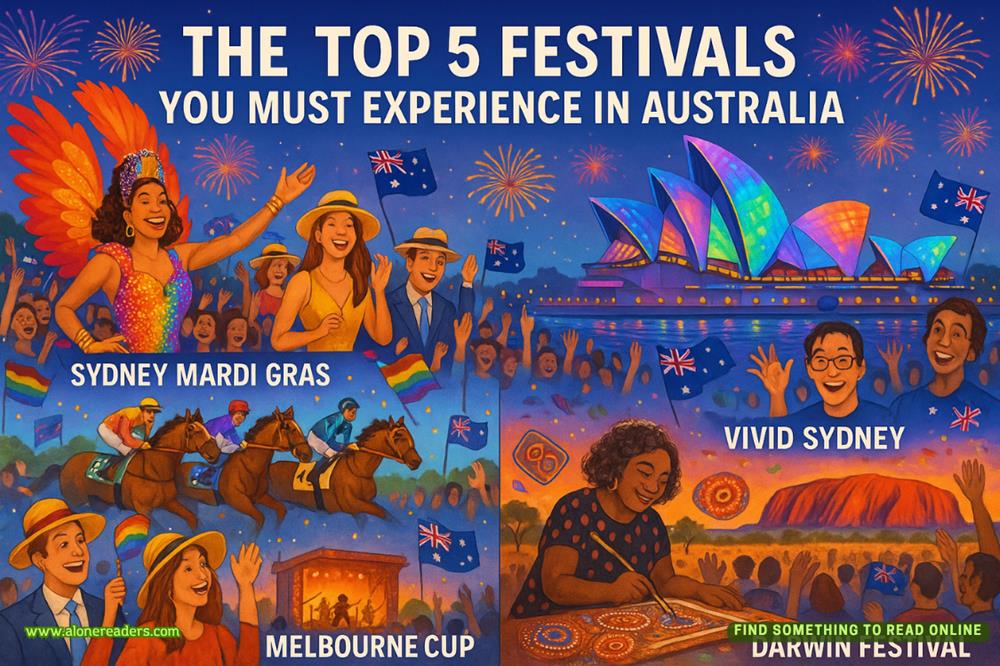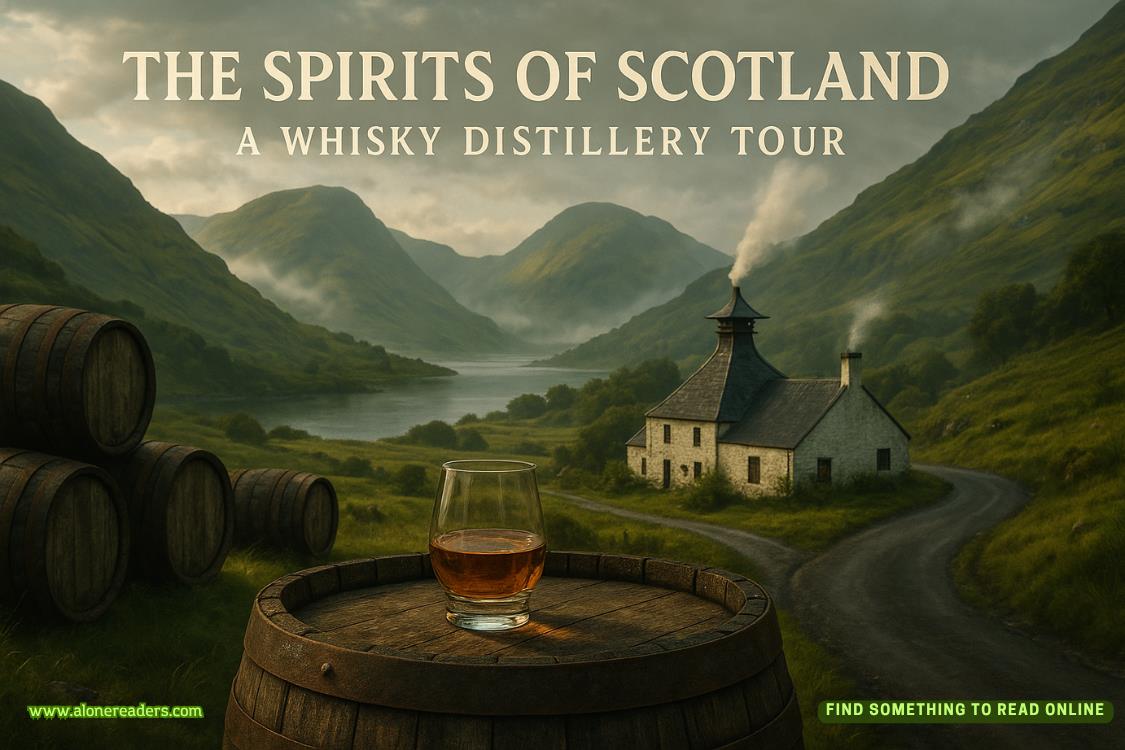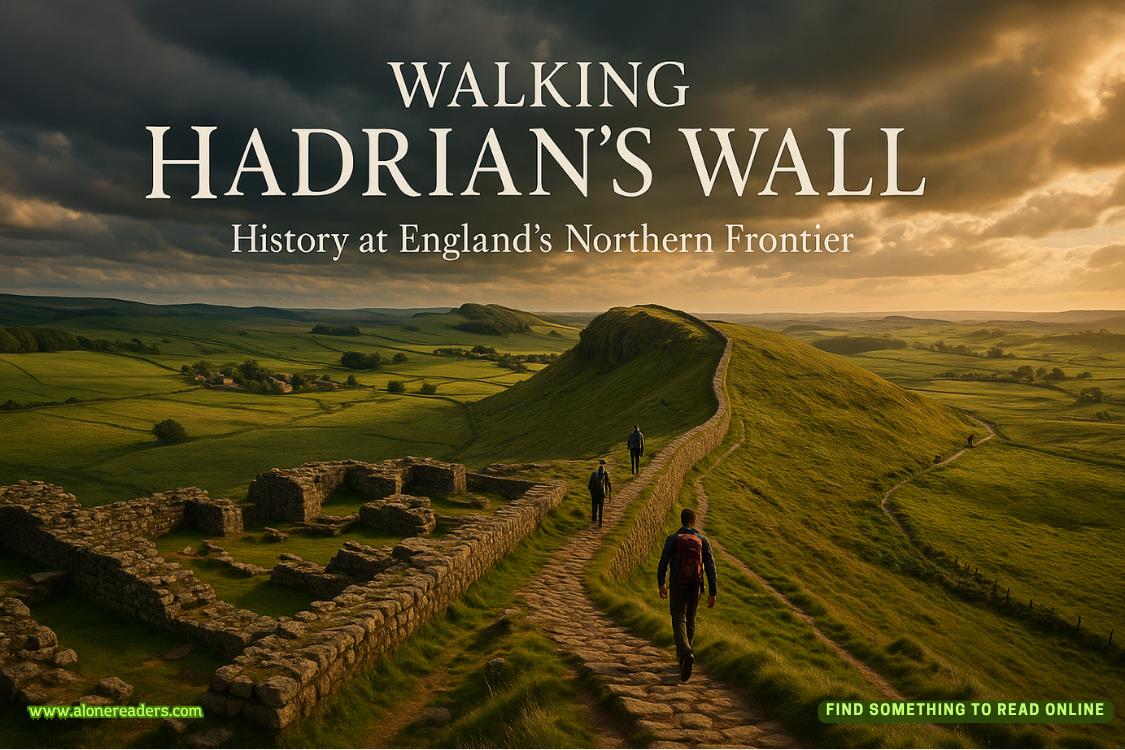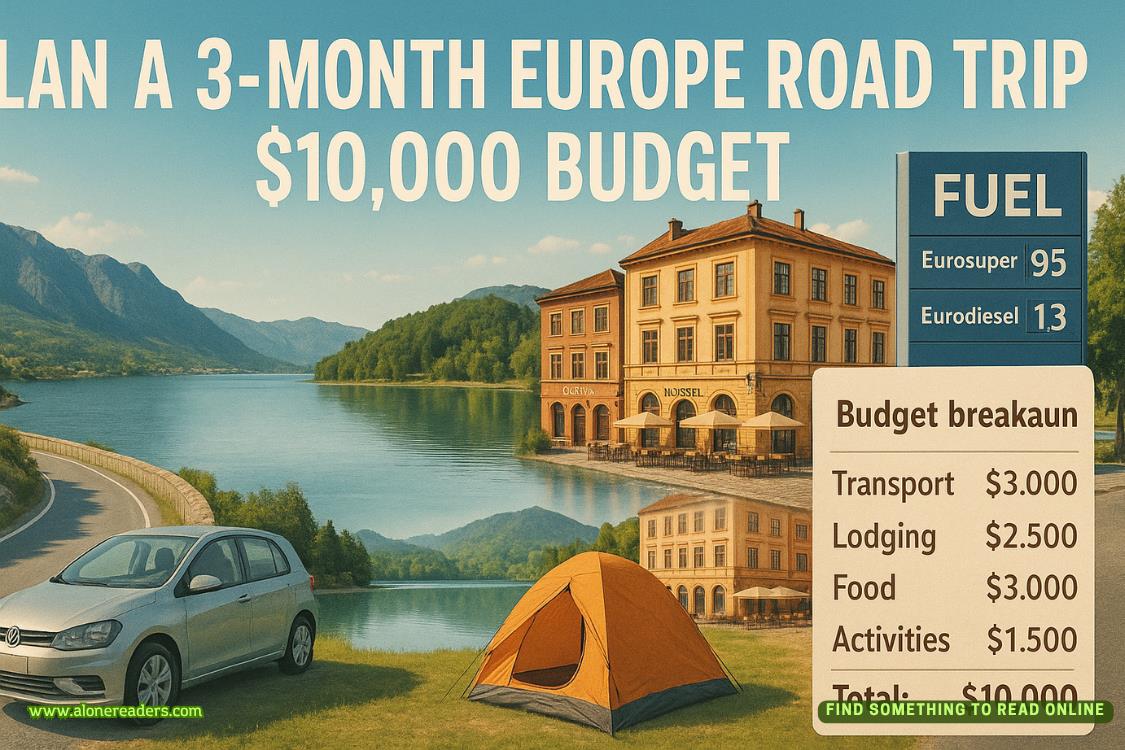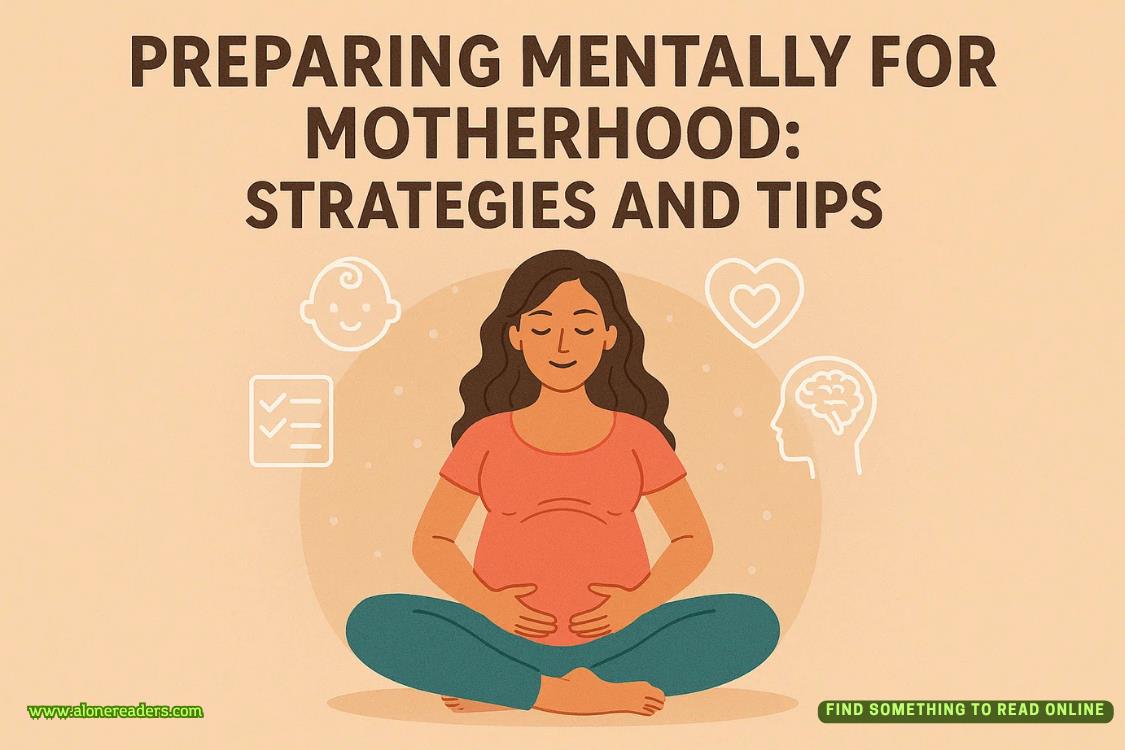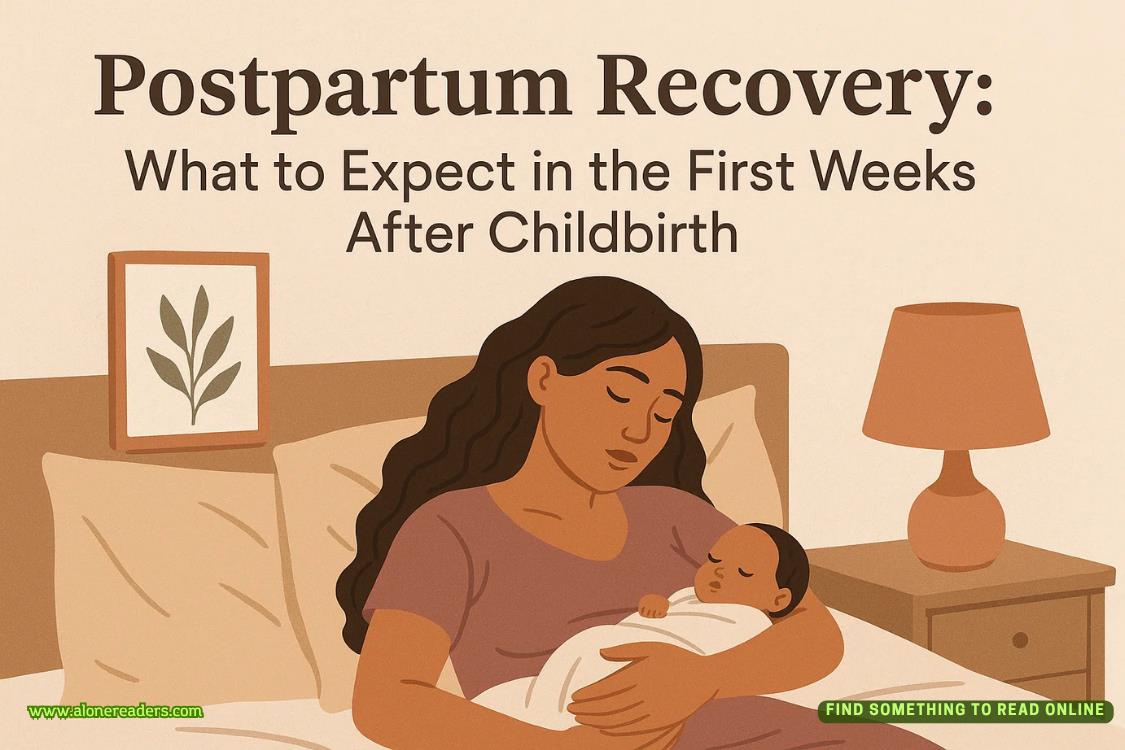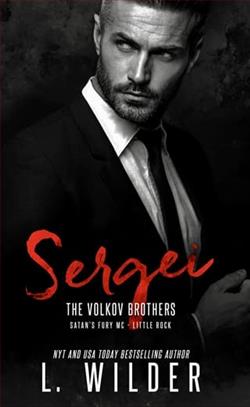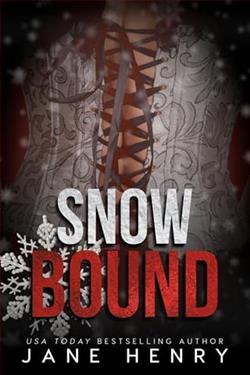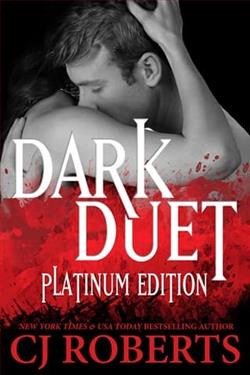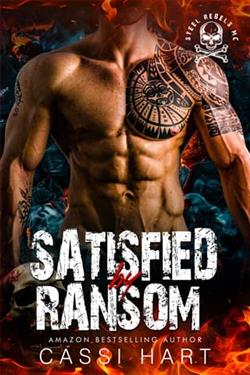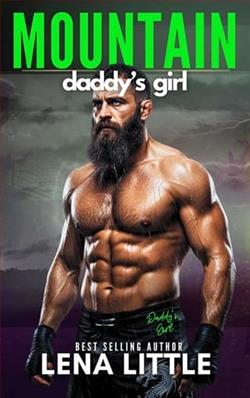Page 47 of The Devil Colony (Sigma Force 7)
But all this begged one huge question.
“If we’re right about all of this, who the hell were the people mummified in that cave?” Chin asked.
Painter checked his watch. The one person who might be able to answer that question should be here within the hour. He arranged a few more details with Chin over the phone, ordering him to remain on-site and keep monitoring that valley.
As Painter hung up, Kowalski spoke from the sofa, not bothering to lift his chin. “Causing volcanoes to erupt . . .”
Painter glanced his way.
“If that’s what this stuff can do”—one eye opened and stared back at him—“maybe you’d better tell Gray to pack some asbestos underwear for his trip to Iceland.”
Chapter 18
May 31, 1:10 P.M.
Vestmannaeyjar (Westman Islands)
Iceland
Gray crossed the stern deck of the fishing trawler. Though the day was clear, a hard wind blew the sea into a stiff chop, causing the boat’s deck to jar and buck underfoot. He found Seichan and Monk at the rail, bundled in waterproof coats against the salty chill of the breeze. The midday sun reflected brightly off the sea but did little to warm the air.
“According to the captain,” Gray said, “we’ll reach Ellirey Island in about twenty minutes.”
Seichan shaded her eyes and looked to the east. “And we’re certain that’s the right island?”
“That’s our best guess.”
The three of them had landed in Reykjavik an hour ago and hopped a private plane to the chain of islands that lay seven miles south of Iceland’s coast. The Vestmannaeyjar Islands were a fierce line of emerald-capped sentinels, riding a storm-swept sea—seas as turbulent as the region’s history. The islands were named after Irish slaves, known as Westmen, who killed their captors in AD 840 and escaped briefly to these islands, until they were eventually hunted down and slaughtered, leaving behind only their names. Today, it took a hearty soul to live out here, clustered on the largest of the islands, sharing the bits of land with seabirds and the world’s most populous colonies of arctic puffins.
Gray stared back at the picturesque harbor of Heimaey as it retreated behind them, with its brightly painted homes and shops set against a backdrop of green hills and a pair of ominous volcanic cinder cones. They’d landed at the island’s small airport and wasted no time chartering the boat to ferry them to the coordinates supplied by the Japanese physicists—but the coordinates were admittedly rough, according to Kat. And there were a lot of islands out here. More than a dozen uninhabited islands made up the archipelago, along with countless natural stone pillars and wind-carved sea arches.
The entire chain was geologically young, born within the last twenty thousand years from volcanic activity along a fiery seam that stretched across the seabed. That firestorm was still ongoing. In the midsixties, an undersea volcanic eruption gave fiery birth to the southernmost island of the chain, Surtsey. In the seventies, the Eldfell volcano—one of two cones on Heimaey—exploded and buried half of the colorful harbor town in lava. Gray had noted the aftermath from the air as they swept down toward the island’s airport. Street signs still stuck out of the lava fields; a few homes at the edges were being excavated from the rock, granting the town its other name: the Pompeii of the North.
“I think that’s the place,” Monk said, and pointed ahead.
Gray turned and spotted a towering black rock sticking out of the sea. This was no island of sandy beaches and sheltered harbors. Sheer black seawalls surrounded the island of Ellirey, which was little more than a broken chunk of volcanic cone protruding out of the waves. The top of the island was a scalloped stretch of emerald green—a high meadow of mosses, lichen, and sea grass, so bright in the sunlight it looked unnatural.
“How are we getting up there?” Monk asked as the boat churned steadily toward the towering rock.
“You climb, my American friends.”
The answer came from the wheelhouse of the boat. Captain Ragnar Huld stalked onto the deck in an open yellow slicker, wearing boots and a heavy woolen sweater. With his thick red beard traced with gray, and grizzled, salt-aged skin, he could have stripped to fur and leather and easily been mistaken for a marauding Viking. Only the easy amusement sparkling in his green eyes softened that impression.
“Afraid the only way up,” he explained, “is by rope. But you all look fit enough, so that should be fine. Young Egg will bring the boat alongside the east shore of the island, where the cliffs are lowest.”
Huld pointed a thumb toward the cabin, where his son, Eggert, twentysomething in age, shaven-headed with both arms sleeved in tattoos, manned the wheel.
“Don’t worry,” Huld said. “I bring hunters, even a few nature photographers, up here quite regularly. Never geologists like the lot of you. But I’ve never lost anyone yet.”
He gave Seichan a coy wink, but with her arms crossed, she did not look amused. According to their cover story, they were researchers from Cornell University, doing a study on volcanic islands. It went a long way to explain their heavy packs and inquiries about this specific island.
Huld pointed at the rock as it drew ever closer. “There’s a hunting lodge up top where you can rent a room, if need be. If you squint your eyes, you should be able to spot it.”
Gray searched for a moment, then found it. Sheltered square in the middle of the scooped greensward stood a good-size lodge with a blue slate roof.
“Don’t know if you will find much room up there, though,” the captain said. “Late yesterday, another ferry took out a tourist group. Hunters from Belgium, I heard. Or Swiss, maybe they were. They’re lodging here for a few more days. Besides the lot of them, you’ll only have a few cattle and the usual gathering of puffins for company.”
Just as well, Gray thought. He’d prefer to keep their search for the source of the neutrino emissions as quiet as possible.
Seichan suddenly jolted back from the ship’s rail, jostling Gray, coming close to losing her footing before he caught her.
“What’s wrong?”
Speechless, she pointed out to sea. A tall black fin crested high, splitting through the waves alongside the boat. As Gray watched, another fin rose, followed soon thereafter by a third, fourth, and fifth.
“More over here,” Monk said from the opposite side of the trawler. “Orcas. A pod of them.”
Huld puffed out his chest and waved an arm. “Not unusual. Our islands have the largest population of killer whales and dolphins in all of Iceland. They’re just curious and enjoy riding our bow wake. Or maybe looking for a nibble. I’ll often share a little of my catch with them, if I’ve had a good haul. Brings gangi pér vel—good luck—as they say around here.”
